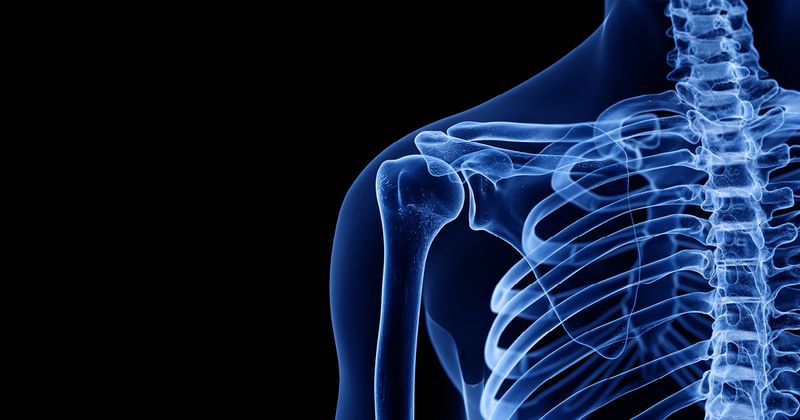Similar functional results seen with acute vs. chronic acromioclavicular joint surgery
Key takeaways:
- Results showed that acute and chronic acromioclavicular joint surgery had no functional or radiographic differences.
- However, patient and surgical factors may affect outcomes.
WASHINGTON — Results presented here showed acute acromioclavicular joint surgery had no functional or radiographic differences compared with chronic acromioclavicular joint surgery.
Ryan W. Paul, BS, and colleagues compared time from injury to surgery, Rockwood injury grade and surgical technique in 225 patients who underwent either acute (n=113; fewer than 6 weeks) or chronic (n=112; more than 6 weeks) primary high-grade acromioclavicular (AC) joint surgery from 2010 to 2019. Researchers collected radiographic measurements preoperatively, immediately postoperatively and at 2 weeks and 3 months postoperatively, as well as revision rates, complication rates, American Shoulder and Elbow Surgeons shoulder score and single assessment numeric evaluation (SANE) score. The study had a minimum 2-year follow-up.


“We had statistically significant demographic differences in regard to age, BMI, injury grade, surgical technique and preoperative coracoclavicular distance,” Paul said in his presentation at the American Orthopaedic Society for Sports Medicine Annual Meeting. “More specifically, the acute patients were younger, had a lower BMI, had a higher injury grade, were more likely to undergo repair and had a higher preoperative coracoclavicular distance than patients in the chronic group.”
Researchers found that patients in the acute group had better SANE scores, lower postoperative loss of reduction and higher overall improvement in coracoclavicular distance compared with patients in the chronic group. Paul said patients in the acute group still had higher postoperative SANE scores and lower postoperative loss of reduction vs. the chronic group when isolating Rockwood grade 3 injuries. He added patients in the acute group had lower postoperative loss of reduction after isolating forRockwood grade 5 injuries.
In addition, Paul said that female sex was associated with lower ASES scores than male sex.
“When controlling for confounding variables, there was no difference in functional or radiographic outcomes based on the timing of AC joint surgery,” Paul said. “It is possible that patient and surgical factors, and not the timing of surgery itself, are the truly important variables.”








